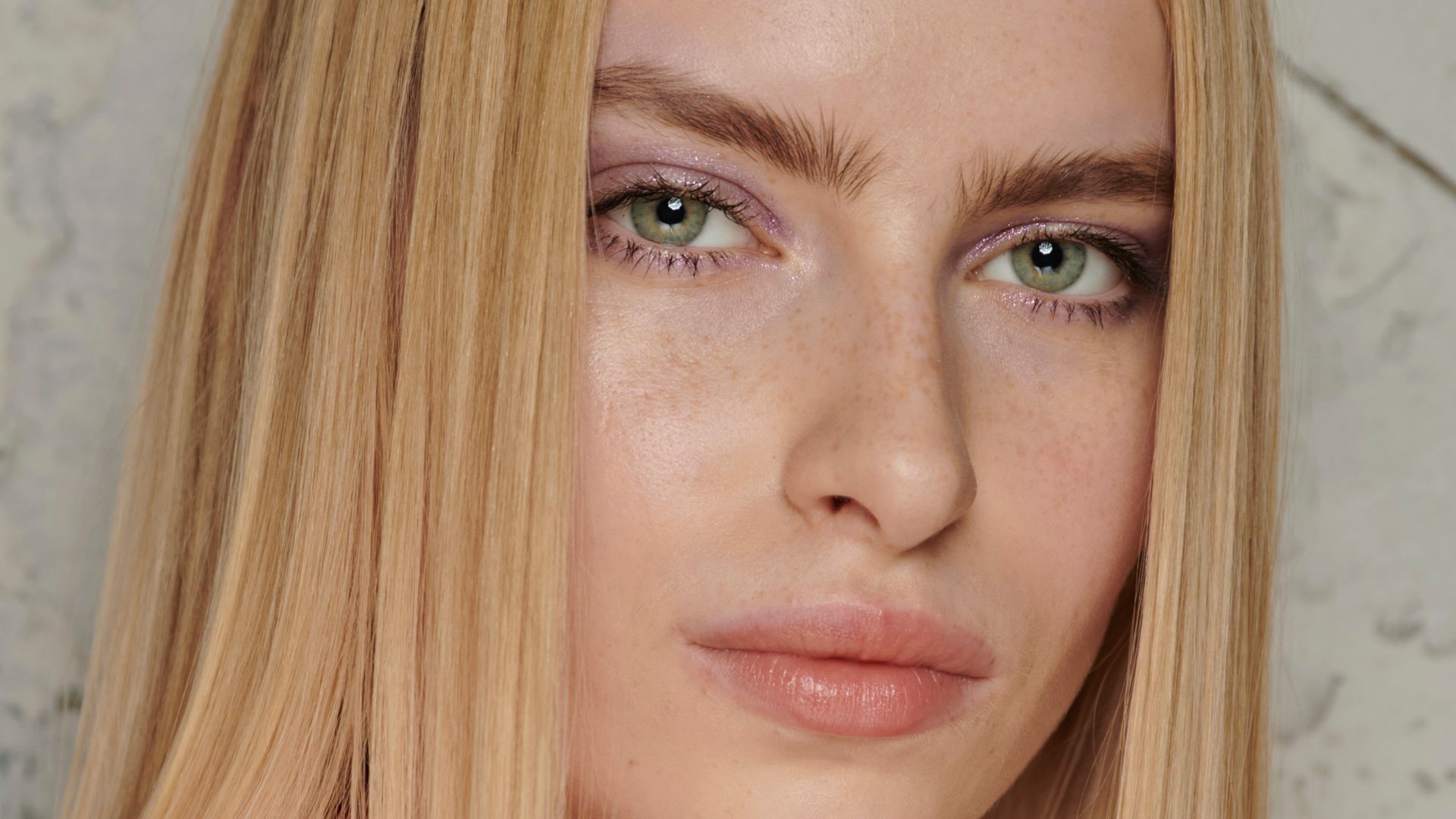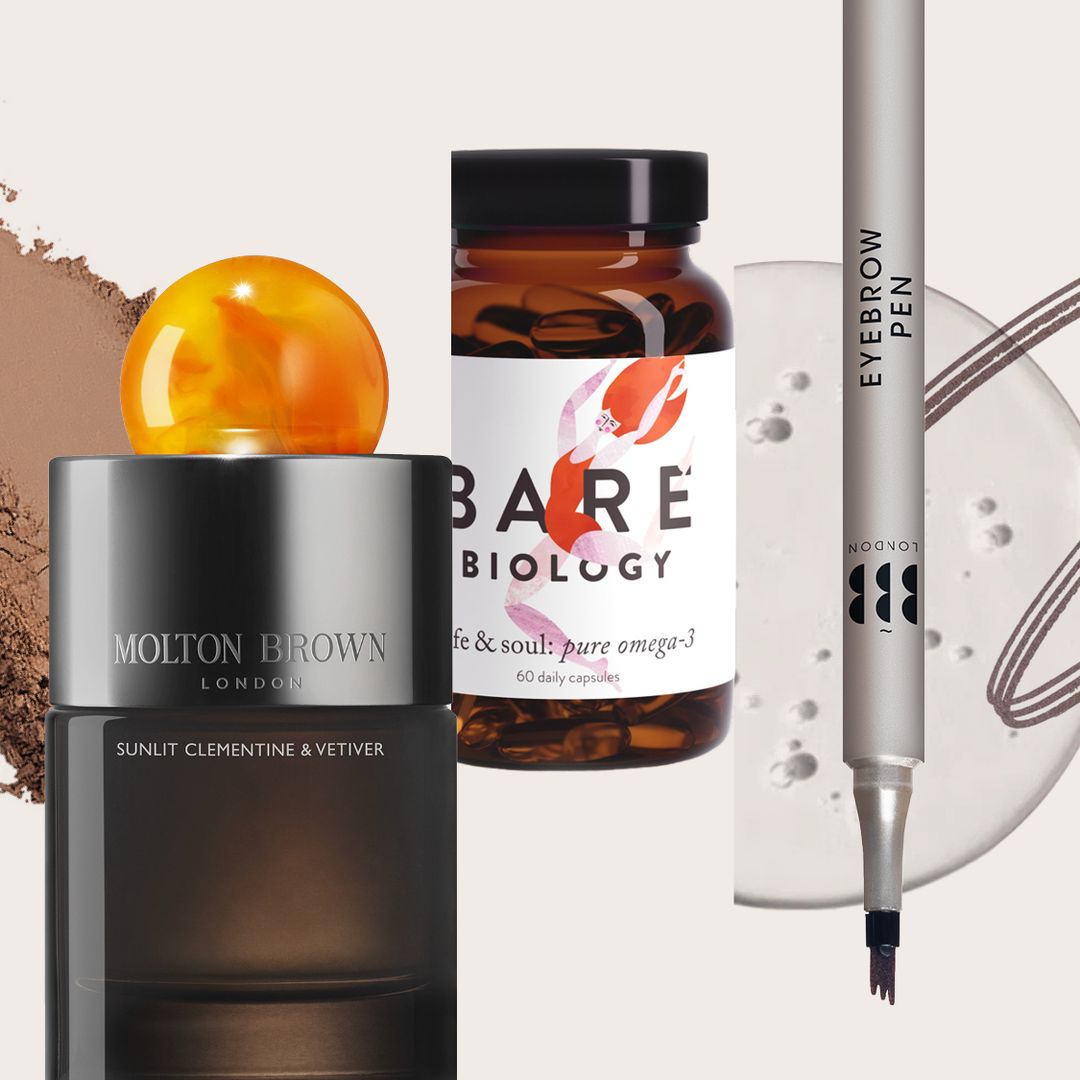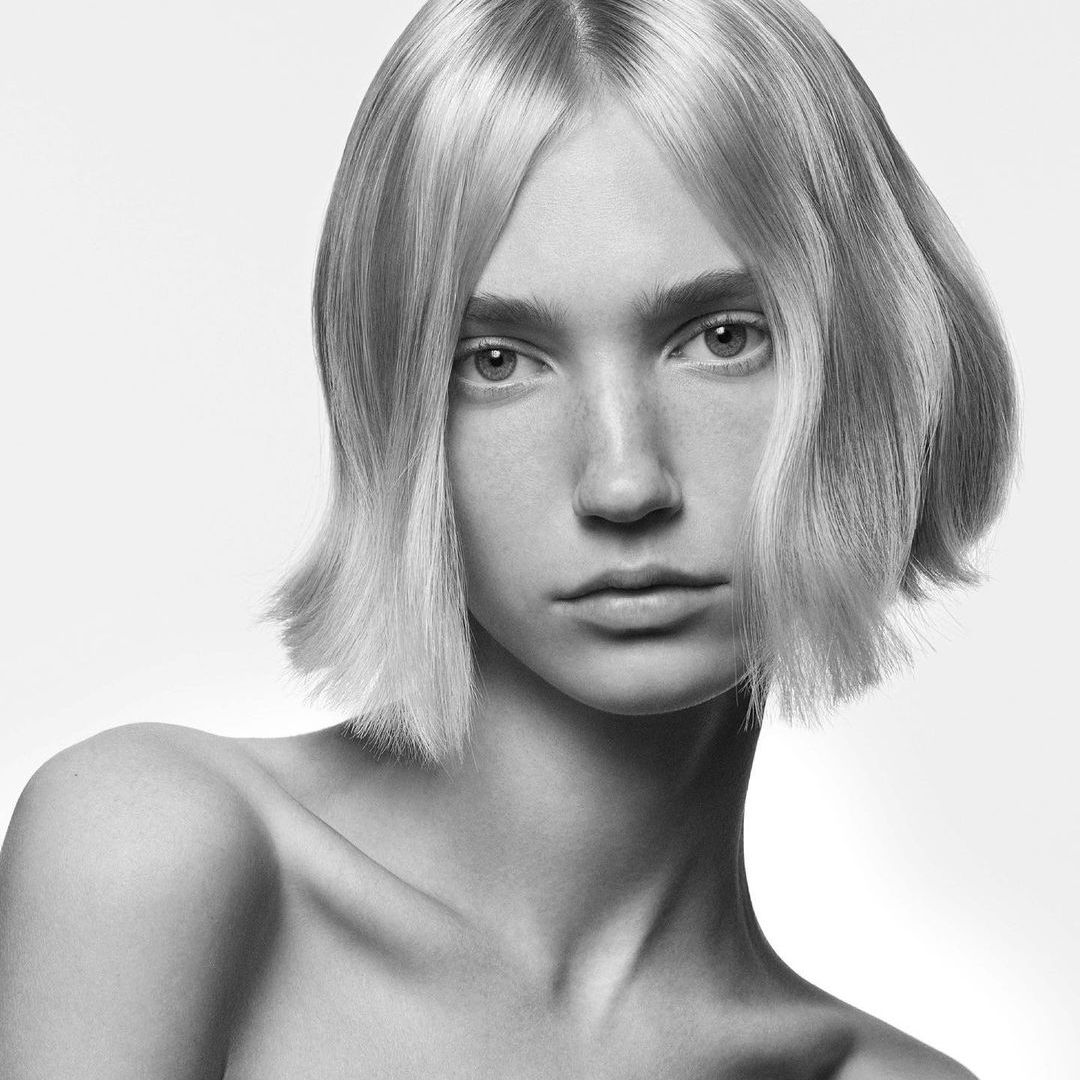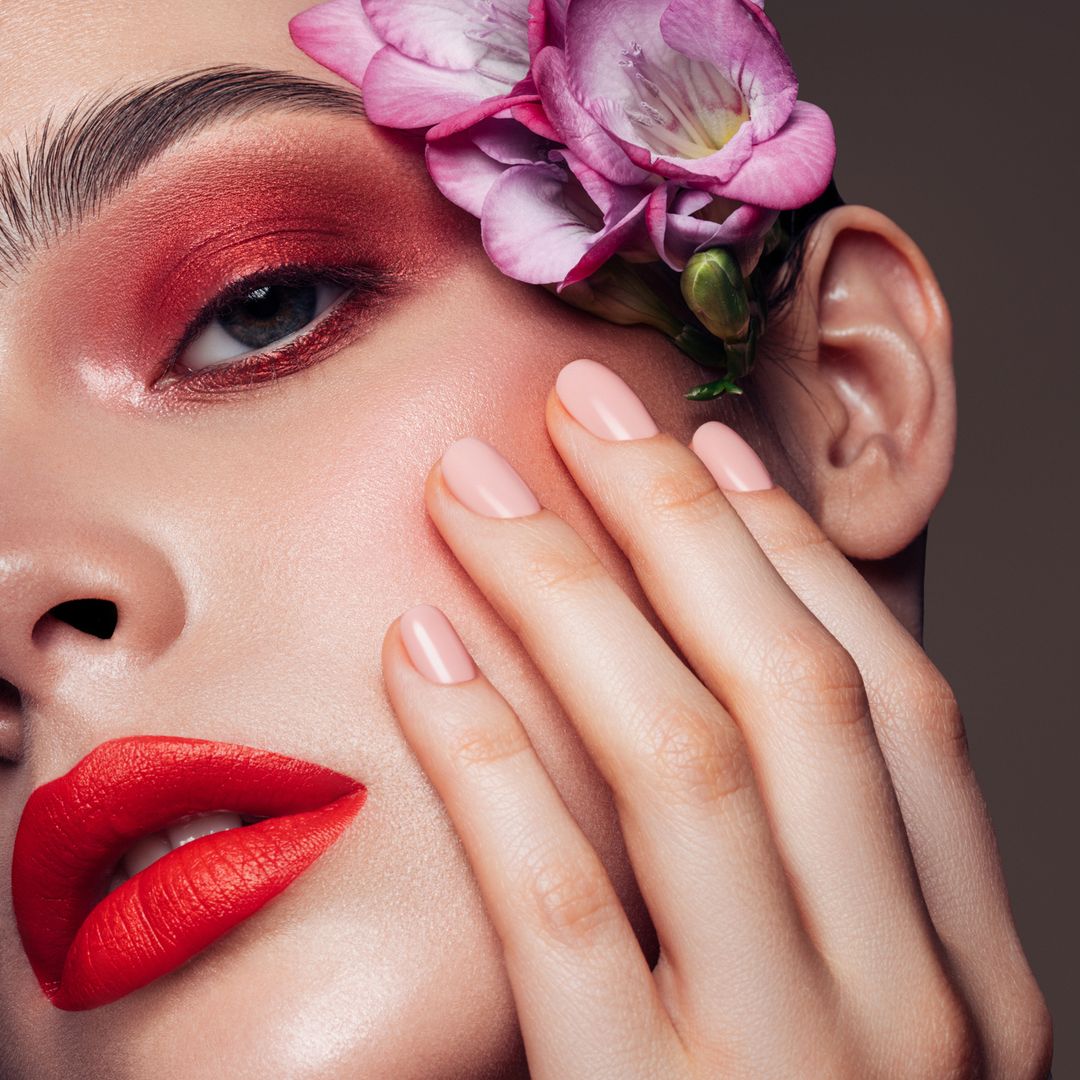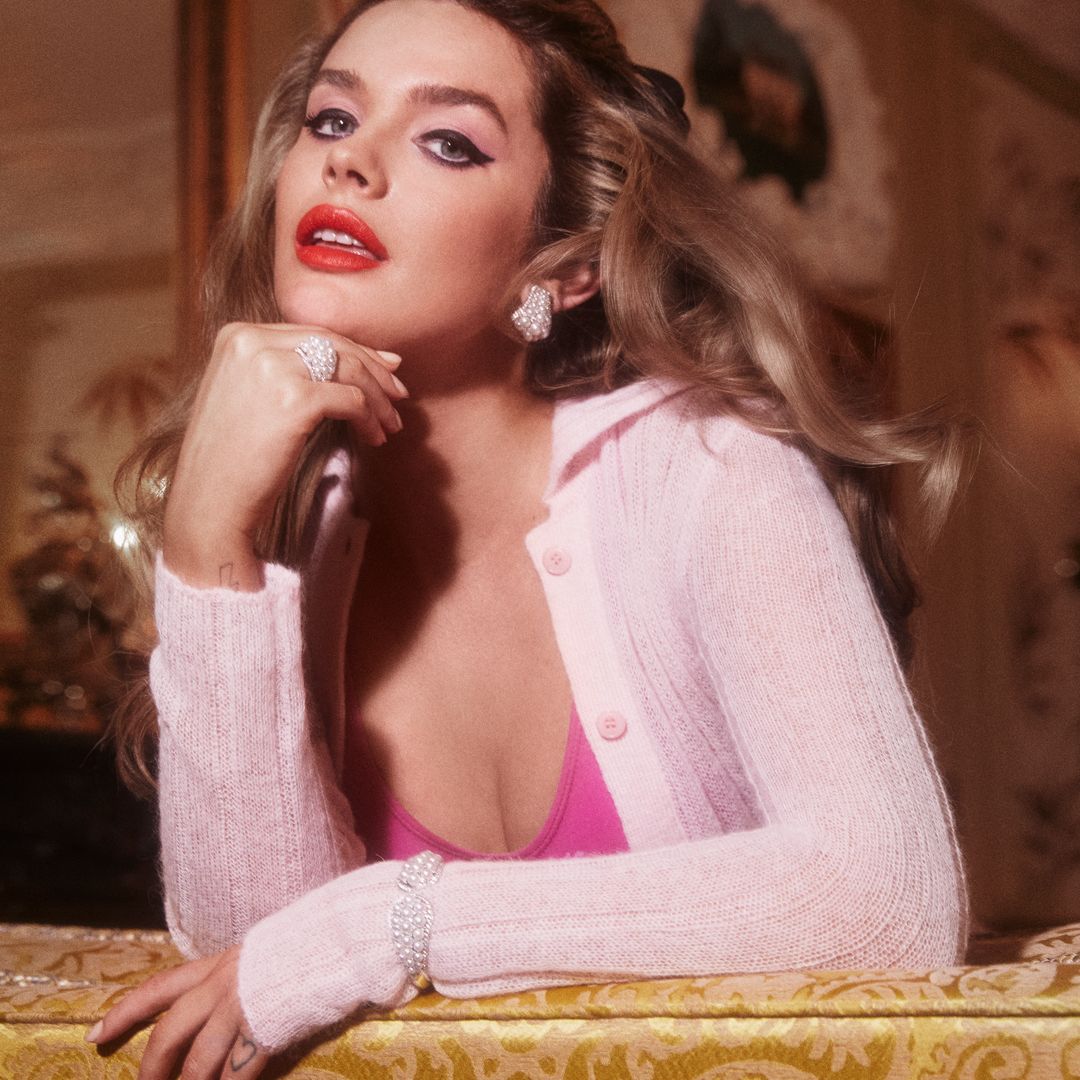Craving a switch-up in the beauty department? Instead of braving a chop – spur-of-the-moment cuts are rarely a good idea – extensions could well be the answer to your hair apathy.
Let it be known, they have come on leaps and bounds since the days of less-than-inconspicuous clip-ins. Those of the tape-in variety are often favoured by top extension artists – colour us intrigued.
READ: Clip-in hair extensions: what to expect and how to maintain them – according to an expert
MORE: Sulphate-free shampoo: here's how it can benefit your hair - according to an expert
What are tape-in hair extensions?
Heralded for their lightweight, seamless finish, tape-in extensions are wefts, pre-taped with a medical-grade adhesive, that bond to the natural hair.
As the name suggests, they can provide length, but tape-ins can also add instant volume. Plus, the effect can be undetectable – ideal if you're after a super natural finish. In comparison to the single bonded method, the ends should stay fluffier and fuller.
Tempted? Hello! Fashion caught up with hair extension artist and founder of Beauty Club London Louise Bailey to find out more about the installation process, maintenance and benefits.
There are two main types of tape-ins available in the UK: invisible and regular. Invisible tape-ins have hair injected into the tape area to resemble of the appearance of a root and are best used around the top section as they tend to be bulkier. Regular tape-ins are Louise's preference because they can blend seamlessly with the rest of your hair.
MORE: The 9 best hairdressers in London, tried and tested
READ: Summer hairstyles: 10 need-to-know looks to try in 2023
What does the process consist of?
Tucked away behind Oxford Circus, Beauty Club London is one of Hair Club Extensions' exclusive stockists, alongside the likes of Harrods and Hershesons. It is recommended that you book a consultation first, to discuss your desired look.
"Tape-in hair extensions are applied in pairs. There are two parts to the product, a top part and a bottom," Louise explains. "The natural hair is cleanly sectioned, and the bottom piece of the tape is fixed to the hair sitting flush to the scalp, underneath the section of natural hair.
"Then the top part of the extension is placed and aligned with the bottom part, “sandwiching” the natural hair between the two taped sections. The tapes adhere to your natural hair using a waterproof medical-grade adhesive that stays in place until you come to the salon for maintenance or removal."
Louise and her team employ a unique placement method to allow a seamless blend between your natural hair and the extensions.
"This process must be carried out without overloading the head with the product and positioned so the wearer can still wear their hair up and in various styles, such as low and high ponytails, without the tapes being visible. The extensions, once applied, will be pain-free, comfortable and look like your natural hair."
What are the benefits?
Tape-ins are a great choice if you want a method that lasts and is reusable. The method can be used for length, volume or both, and according to Louise, application is faster than any other semi-permanent extension technique.
"They create a seamless, structured, groomed finish - with no stringy appearance, which is common with single bond attachment methods, such as micro rings," she says. "Your hair can be worn up in different styles with zero visibility of the attachment points and removal Is fast and non-damaging."
How long do they last?
Tape in extensions are designed to be semi-permanent, meaning the hair has to be refitted every six to eight weeks. "With this application method, the hair you purchase is reusable," Louise says. "The quality of hair you choose, how often you wash your hair, and how you care for your hair will all determine how many times your new tape in extensions can be re-fitted."
Tape-in maintenance
As your hair naturally grows, the tapes will gravitate away from the scalp. During your maintenance appointment, the extensions will be removed and reapplied closer to the scalp.
To keep your hair looking luscious in the meantime, you may like to use a gentle, sulphate-free shampoo.
It is important to note that you should not use excessive heat on your extensions. "While it’s completely fine to use dryers and straighteners, make sure not to apply heat directly to the tapes or bonds," Louise says. "Heat protection spray is also recommended to prevent heat damage to your extensions if you frequently use hair straighteners."
Do tape-in extensions damage your hair?
The process is not without risk, and if you have brittle or damaged hair, tape-ins may not be right for you. But when applied by an experienced hair extensionist, tape-ins should exact little to no damage on your natural hair. Do your research and find a reputable salon that offers a consultation beforehand.
